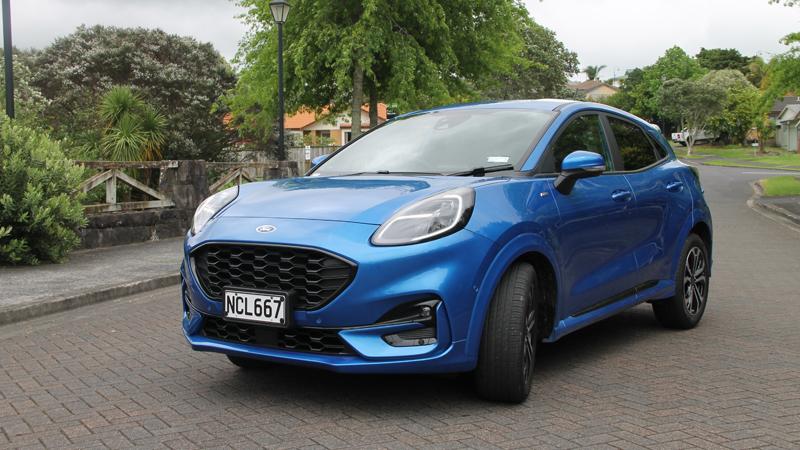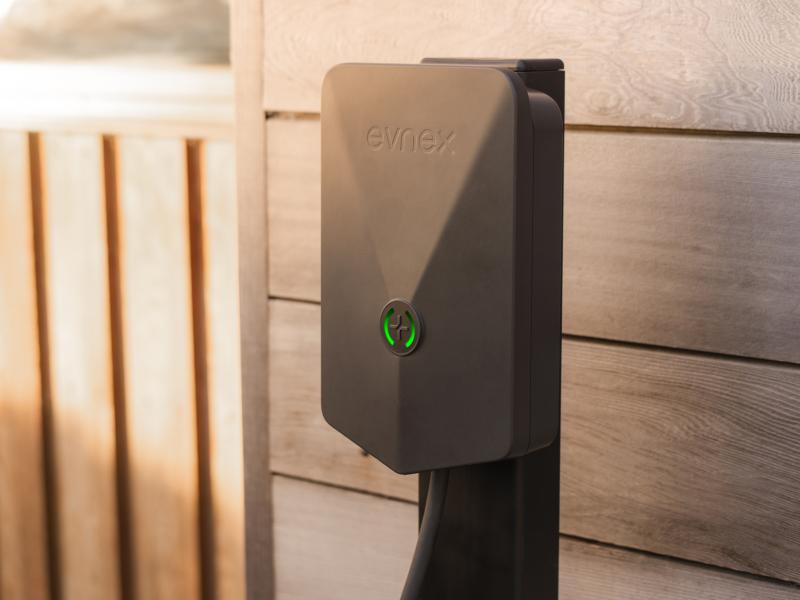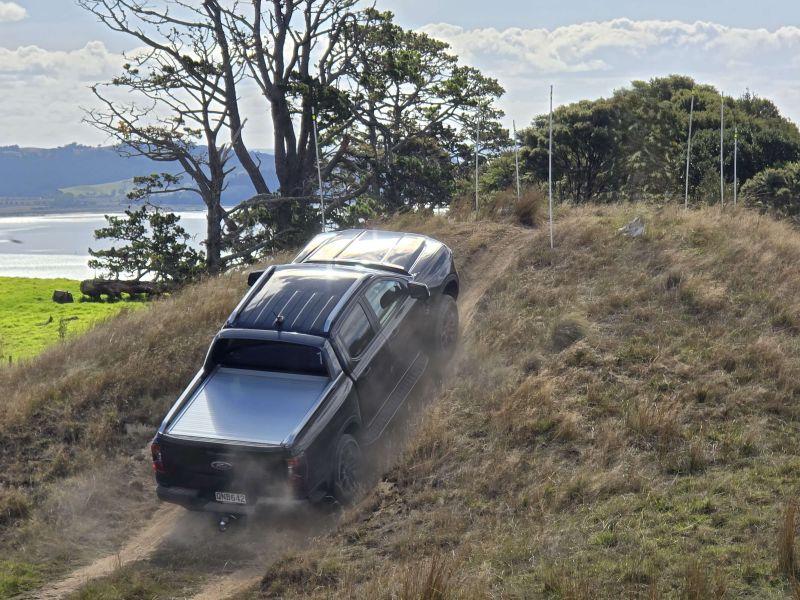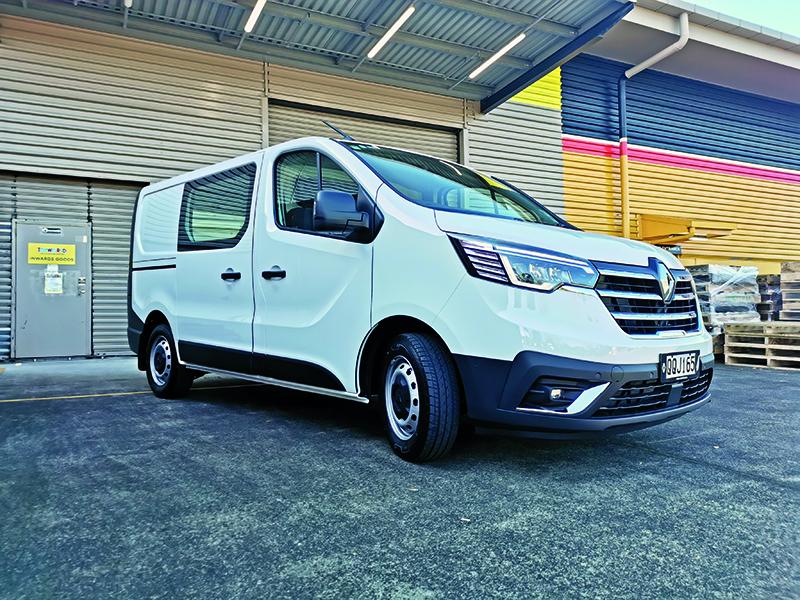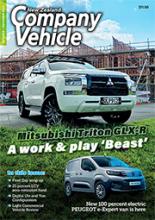The medium SUV segment is the hot one to watch at present, but that’s not to say nothing else is happening in SUV space. In fact, the second most hotly contested segment is the small SUV segment which, with its close links to one-time popular small car segment, should come as no surprise to anyone.
Compact SUVs have actually come under the spotlight recently with the arrival of a raft of models. Actually, the Compact title is something of a misleading one as they actually have considerably more space in them than many might think.
In fact, it’s only when you load them to maximum capacity you can see where the Compact nomenclature comes from, otherwise, when you have say, three people and some stuff, the vehicle feels like a perfectly normally-sized SUV.
Does then a Compact SUV fit into the fleet vehicle picture? Absolutely! Think of the Compact SUV the way you might once thought of a ‘pool car.’
As a fleet owner, you are obliged to supply fit-for-purpose and safe vehicles for your team. If you are used to pool cars from days gone by, then the idea of a Compact SUV should be an easy concept to work with.
The Compact SUVs sit high, they utilise clever space and of course, they are loaded with features which pool cars traditionally have never had.
But everyone’s jumped on the bandwagon and most carmakers have a Compact SUV or a compact SUV available, so which do you choose?
Unlike larger SUVs, there’s less focus on the demographics from the automakers when it comes to Compact SUVs, since most Compacts are designed to be the second family vehicle rather than a fleet option, but automakers don’t always see where their vehicles are going to end up.
It does mean the fleet buyer is a little spoilt for choice, which means you’ll just have to trust us to look at a couple of hot little numbers which might do the business for your business.
First up our contender from the US and the UK and ultimately Romania (yeah, we were surprised by that too) the all-new, no-hiding-behind-marketing-hype Ford Puma.
It’s rival? The bantamweight out of Korea, a new ray of sunshine in a very bold yellow, the Kia Stonic.
And since Ford took title role in our last comparison, this time, we’re catching the Seoul train to check out Kia’s new groove.
KIA STONIC LIMITED
The Stonic was announced hot on the heels of the still immensely popular Kia Seltos and Kia New Zealand played it’s usual “build up the excitement and pre-orders, vehicle unseen” game. And why not? The formula has worked for every other model.
For Stonic, the pre-emptive interest was a hot, smoking gun, as the moment the cars came off the boats, it was amazing they ever made the dealerships with the pre-sold figures looking like Kia NZ might have underestimated the uptake.
If there hadn’t been the enthusiastic response to the littlest SUV in the Kia line-up and the baby SUVs had just landed here, I reckon there would have been some serious cases of surprise and delight since the Stonic is positively jammed to the gills with contemporary features which realistically, you’d expect to find in the next price bracket up.
You have forward collision avoidance assist, rear cross traffic collision avoidance, blind spot collision avoidance, driver attention alert, lane keep assist and a complement of six airbags.
Smart cruise control and hill start assist are coupled with satellite navigation which doubles as a rear-view monitor with dynamic guidelines.
Design-wise, the Stonic looks far better than its name suggests. In fact, it is an incredibly handsome little beastie, beautifully proportioned and very well balanced with a purposefulness to its attitude implying a dynamic sense of “let’s get going”, even if it is just to the mail centre.
For the trainspotting anorak wearers out there, the Stonic is based on the Rio and shares the same engine. This is a good thing.
And like the Rio, Stonic does offer a seven-speed dual clutch transmission but in the two top grades only, which negates the “OMG, it’s so affordable” appeal.
The DCT GT-Line and GT Line+ models send the price up into the $30k stratosphere, while the $23,990 LX (limited offer) EX and Limited grades make do with a six-speed regular automatic.
Unfortunately, the pricier models return the best fuel efficiency, emission levels and torque outputs, but tip over into the $30k RRP and well, it becomes a hard sell.
So, we present the Limited, the Stonic which bridges the gap between the two entry and two top enders.
As to what we thought of the overall package, and perhaps most critically, the drive, the Stonic scored really well: responsive, quiet, nimble and very easy to live with being the highlights.
The one grizzle I have was that the gearbox needs a little forbearance on start off. The 7 DCT of the Rio would be so much better here as the six-speeder has an issue with take-off. First gear seems to think its a CVT – with lots of rev but not much go.
Happily, it settles into its groove with the shift to second and through the rest of the cogs, but that first gear take off was always a little lacking in drive.
Up and running however, the Stonic behaved much like an excitable Terrier, quick to respond to driver input and with on point urgency. A little rethink needed here Kia, because that first gear issue became more noticeable as time went on.
You don’t have to let it ruin your appreciation of the Stonic overall, however. First glances into the interior show the grade and quality to be a notch or two above where you expect them to be in the Stonic, so is the interior cabin space, with a pleasantly useful amount of storage capacity in the cargo area.
Alright, this is a small SUV so its not going to do the gear for six kids, mum and dad trick, but at 332 litres seats up, there’s more space than you might find in some small cars and by dropping the rear seats, you get an impressive 1335 litres.
As to the cabin, well at 5’11 and being fond of doughnuts, I’m a big chap and fill out small spaces kind of like pudding, inasmuch as I occupy most of – if not all – of the muffin tray, so I was a little sceptical when the Kia rep said I’d likely be pleasantly surprised at the room in the cabin.
Here was me thinking she was being flattering, but no, she was being objective. The Stonic’s interior borders on being a-Stonicshing with heaps of headroom, lashings on legroom and some serious shoulder-space between me and the left seater.
Overall, the Stonic is a collection of surprise and delight features and attributes. Frankly, it’s one of the best Kias out there, and that’s high praise given the recent release of the new Sorento and the Carnival as well as the evergreen Sportage.
How do we figure that? Value for money spec level, quality of fit and finish and its non-polarising but impressive aesthetics as well as overall drive refinement and good, clever use of space – the Stonic ticks all the boxes.
FORD PUMA ST-LINE
Forget the entry level version. This is one time NZ Company Vehicle is going to recommend the full-fat, top-end model of the twin Puma line up. Oh, but Ford? We’d like to see the super Puma out of Europe at some point…
For now however, we’ll reiterate our preference for the ST-Line because this fits in so well with the larger Escape, where we reckon the ST-Line in FWD is the way to go for an engaging drive.
Of course, you have to ‘learn’ this after driving the other Escapes, but the Puma? Nope. First impressions are most likely going to sell you, the same way they sold us.
What do you need to know? The Puma is based on the Fiesta platform and you can only get the Fiesta in the hot model nowadays, which should tell you that the Puma aint no pussycat SUV for all its diminutive size.
It’s a new design breath for Ford too and I don’t think anyones going to have an issue with it being built in Romania, since the only thing to come out Romania that’s memorable is legends of Dracula. Other build destinations have their “oh, if its built in (insert your city of ill repute here), I won’t buy it” but if the Puma is any example, hmm, Romania might be worth a little more investigation.
Side bar: Romania is home to one of the world’s most challenging trail bike competitions and has some seriously beautiful scenery.
But back to the Puma. Why take the high spec? Engine and transmission-wise, there’s no difference, right?
Right, there isn’t.
Both models feature the three cylinder, one-litre, direct injection with turbocharger engine, and it’s hot!
Both models feature a seven-speed standard automatic transmission (as opposed to a dual clutch, which has proven problematic in terms of maintenance for some manufacturers), thought the ST-Line gives you flappy paddle shifters and Ford’s Select Shift technology.
Select Shift gives you a sports mode which gives you manual shifting ability or performance oriented automatic shifts (longer gear holds or high-speed downshifts to assist engine braking).
And with the Puma’s engine performance which tends to favour ‘spirited driving’, you’ll want Select Shift.
Both models gain Ford’s proprietary FordPass Connect which enables drivers to stay in touch with their vehicle via cellphone app, allowing remote vehicle start and stop, remote unlocking, enabling pre-entry in cabin temperature control and vehicle health checks.
And both models feature SYNC3 infotainment with satellite navigation.
The differences then are all specification related? Not quite. The ST-Line does have more advanced kit onboard, but it also sits lower on the road, is slightly lower overall, and is a smidge longer than the entry level version.
Those proportional differences don’t actually contribute to the interior dimensions so its fair to assume the ST-Line is lower and longer to make the most of handling differences and boy, does it handle!
The Puma carves through twisty roads like a hot knife through butter and – even at lower speeds – it feels more like a traditional sports car than a small SUV.
It looks more sports SUV than most too, with the ultimate design execution being the result of an in-house competition at Ford and the result is a stunning looking vehicle way in advance of what we have seen in other Ford product.
There is an ‘organic feel’ to the Puma which echoes in the larger Escape, but the Puma does it better, largely because it integrates a constructed enhancement element to the organic design, thus giving the best of both: a Man and Nature working harmoniously sort of thing.
Is the Puma perfect? Not quite. While inner space is good – and remembering this is a Puma without Ford’s famous Megabox cargo compartment (more on that later), it is a little cramped in headspace for rear seat occupants.
Those of 5’11 will fit, but they’ll show up some of the Puma’s shortcomings (or tallcomings perhaps?) in the back.
Now what was that about a Megabox? We don’t get this ability for the Puma to accommodate two vertically stored golf bags which the Megabox cargo system allows.
We do get a very clever cargo setup however, which gives split level stowage and a minibox under which you’ll find the spare tyre.
The Megabox would have been a serious selling point I reckon, but Ford will say the performance feel of the Puma more than makes up for it. Guess what? They’re right.
Other points of difference between the ST-Line and entry model? Well, you could read the spec list and match them up, but we’ll give you a few highlights:
ST-Line gets:
Adaptive cruise control with Stop and Go functionality, Blind spot detection, Automatic park assist, Evasive steer assist, Forward collision warning, Sport tuned suspension Smart keyless entry with push button start, Front and rear parking sensors, 12’’ full LCD TFT instrument cluster and some other minor cosmetics.
VERDICT
Well, it’s not exactly apples for apples here with that $8k price difference, but the price difference again, indicates the target market each manufacturer is aiming its vehicles at, although Ford is likely to be the more flexible in its pricing structure if a fleet buyer walks through the showroom doors.
We do suggest the private buyer is going to be able to enjoy all the Puma offers in terms of its performance, which suggests the fleet buyer looking to retain some control of those with a spirited driving nature would be better served with the Stonic.
Of course, you could look at the reverse equation with a base model vs a top end Stonic, but we don’t have the page space for yet another comparison. Would be interesting to do however... Ford? Kia? Up for the challenge?
I think the Stonic might win out for interior comfort levels for the larger-shaped buyer, but then the question must be asked, do you intend to put people or uncomplaining cargo items in the back seat? For pure cargo carrying, the clever Ford outstrips the clever Kia.
Bang for buck sees the Puma outpace the Stonic, but the service intervals see the Stonic take out the Puma by a good 20,000km. Also, there were some build quality issues we found with the Ford which didn’t manifest themselves with the Kia.
These came out especially in terms of things that we could see which we shouldn’t have been able to, so in fit and finish terms, the Kia wins out and we did feel it had classier appointment in terms of plastics and trim.
If we were Sports SUV Illustrated, the Puma would have walked away a clear winner. We are however, NZ Company Vehicle magazine and as such, we feel the Stonic better serves our readership.
If you can convince Father Ford to wipe off or minimise that $8k differential, (and please tell us how you did it, because the value is certainly there) well, that’s a whole ‘nother story.
|
SPECIFICATIONS |
FORD PUMA ST-LINE |
KIA STONIC LTD |
|
Engine |
999cc, 3-cylinder GTDi petrol |
1398cc, DOHC MPI petrol |
|
Power |
92kW at 6000rpm |
74kW at 6000rpm |
|
Torque |
170Nm at 1400rpm |
133Nm at 4000rpm |
|
Transmission |
7-speed with SelectShift |
6-speed automatic |
|
L/100km |
5.3 |
6.7 |
|
CO2 |
121gm/km |
155gm/km |
|
Seats |
5 |
5 |
|
Towing |
750kg |
450kg |
|
Cargo (seats up) |
410 litres |
332 litres |
|
Safety rating |
5 Star |
5 Star |
|
Overall L x W x H |
4207mm, 1930mm, 1548mm |
4140mm, 1760mm, 1520mm |
|
Ground clearance |
164mm |
183mm |
|
Wheels/Tyres |
17-inch 215/55R17 |
17-inch 205/55 R17 |
|
Standard servicing |
20,000km / 12 months |
40,000km / 36 months |
|
Standard warranty |
5 year / unlimited km |
5 year / 100,000km |
|
RRP Price |
$37,990 |
$29,990 |


